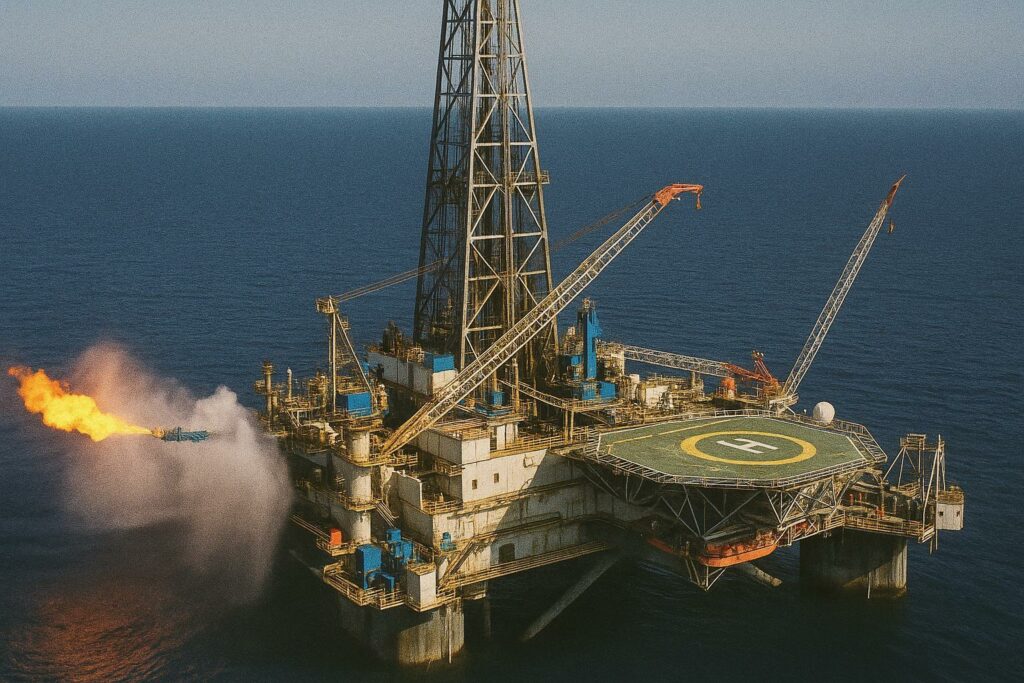Pointe-Noire consultative summit sets benchmark
The methodical ritual by which the Republic of Congo determines its reference prices for hydrocarbons unfolded once again between 10 and 12 July in the Atlantic hub of Pointe-Noire. Presided over by Minister of Hydrocarbons Bruno Jean Richard Itoua, the session gathered specialists from the Société Nationale des Pétroles du Congo, representatives of international operators and fiscal planners from the Ministry of Finance. After examining loading programmes, cargo realisations and the evolving Brent curve, the experts converged on a quarterly average of 66.401 USD per barrel, reflecting a modest negative differential of 0.668 USD against dated Brent. In the words of one senior official, the figure “mirrors our production mix and maintains a prudent cushion for state revenues”.
Profiles of the principal Congolese blends
The benchmark encapsulates a spectrum of grades. Djeno blend, the workhorse of Congolese exports, registered an average of 67.367 USD with a 0.814 USD discount. Nkossa Blend followed at 66.408 USD, closely trailed by the deep-offshore Yombo stream at 65.427 USD. On the liquefied petroleum gas front, butane settled at 41.709 USD, while propane came in at 30.181 USD, the latter carrying a wider 1.618 USD rebate linked to Mont Belvieu quotations. April-to-June spot data reveal a gentle upward drift, especially in June when stronger Asian demand narrowed discounts. Market observers in Brazzaville interpret the pattern as evidence that Congo’s crude, traditionally considered heavy and acidic, is incrementally gaining favour in Indian and Chinese refineries where coking capacity has expanded (Argus Media, June 2025).
Fiscal contours for the 2025 supplementary budget
With hydrocarbons providing close to 70 percent of public revenue, the reference price carries immediate fiscal resonance. The Ministry of Finance had initially drafted its 2025 supplementary budget on the basis of 64 USD per barrel. The 66.401 USD outcome therefore offers an additional two-dollar buffer which, according to a treasury source, will be channelled into debt-service resilience and social infrastructure. The International Monetary Fund’s Article IV consultation last year highlighted that every dollar variation in Congolese crude alters annual revenues by roughly 15 million USD (IMF Country Report 23/200). The updated benchmark thus reinforces the government’s capacity to maintain the public investment programme foreseen in the National Development Plan 2022-2026.
Navigating Brent spreads amid global volatility
Global crude has endured a tug-of-war between Middle-East supply restraint and temperate demand signals from the OECD. Brent remained lodged in the 72–84 USD corridor in the second quarter, yet sour grades generally traded at wider discounts as freight rates climbed. Congo’s modest 0.668 USD negative differential is therefore interpreted by analysts at the African Energy Chamber as “remarkably tight, confirming disciplined marketing and efficient offtake logistics” (AEC Outlook, July 2025). Minister Itoua underscored that the spread also reflects improved blending techniques at the Djeno terminal, where sulphur content has been marginally reduced, placing Congolese barrels closer to the sweet-sour midpoint favoured by Mediterranean refiners.
Domestic production metrics and strategic outlook
Production averaged 330 000 barrels per day in the review period, marginally above the 2024 figure of 325 000 bpd, thanks to incremental volumes from the Moho-Nord field operated by TotalEnergies (Operator communiqué, May 2025). The government projects a plateau at roughly 340 000 bpd through 2026, contingent on phased infill drilling and sustained integrity of subsea infrastructure. Addressing foreign correspondents in Pointe-Noire, Minister Itoua reiterated that “predictability in pricing complements predictability in output; both are pre-conditions for long-term partnerships”. Indeed, Chevron’s recent farm-in to the deep-water Nene Marine block was reportedly priced with the new benchmark in mind, signalling investor confidence.
Diplomatic resonance within OPEC and CEMAC
Brazzaville’s calculus also vibrates beyond the fiscal ledger. Since acceding to full membership in OPEC in 2018, Congo has sought to balance solidarity with the cartel and developmental aspirations at home. The July price meeting occurred barely three weeks after the OPEC-plus ministerial that upheld a measured supply management framework through 2025. By anchoring its internal reference at a level consonant with OPEC guidance, Congo signals alignment while preserving room to reward efficient operators. Regionally, the decision is monitored by CEMAC peers—Cameroon, Gabon and Equatorial Guinea—whose own budget conferences will unfold in September. A Cameroonian diplomat in Yaoundé discreetly observed that “Congo’s method offers a template for harmonising national and regional macro-assumptions without undermining sovereignty”.
Looking ahead to the October recalibration
The next pricing conclave, slated for 8–12 October 2025, will coincide with the Northern-hemisphere winter procurement cycle and potentially a recalibrated OPEC-plus quota landscape. Market fundamentals—ranging from refined-product cracks in Europe to yuan-denominated settlement mechanisms in Asia—will inevitably shape discussions. Yet officials appear confident that the analytic discipline displayed in July will endure. As Minister Itoua concluded, “Our priority remains to furnish a stable, transparent yardstick that undergirds both the nation’s macro-trajectory and the confidence of our international partners.” With the 66.401 USD figure now enshrined, Congo-Brazzaville steps into the second half of 2025 equipped with a roadmap that reconciles market pragmatism and strategic ambition.

